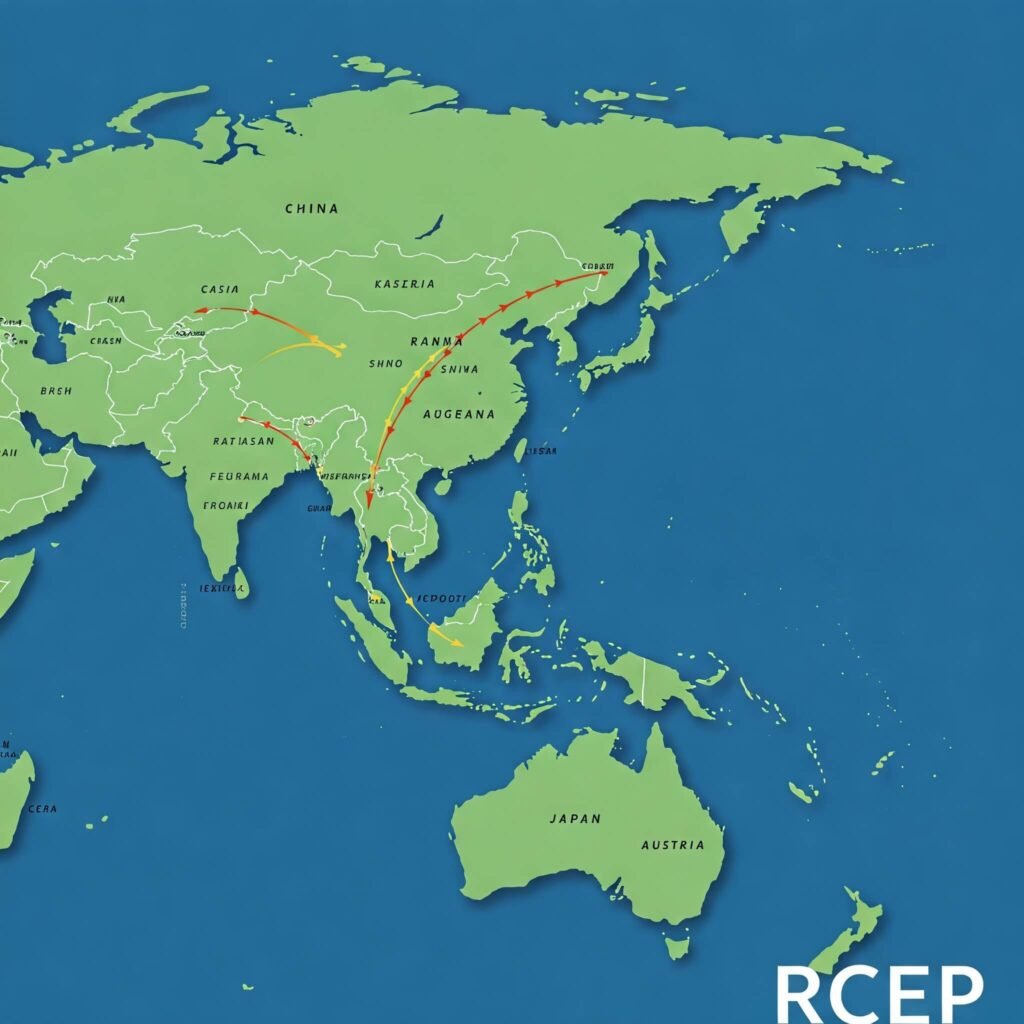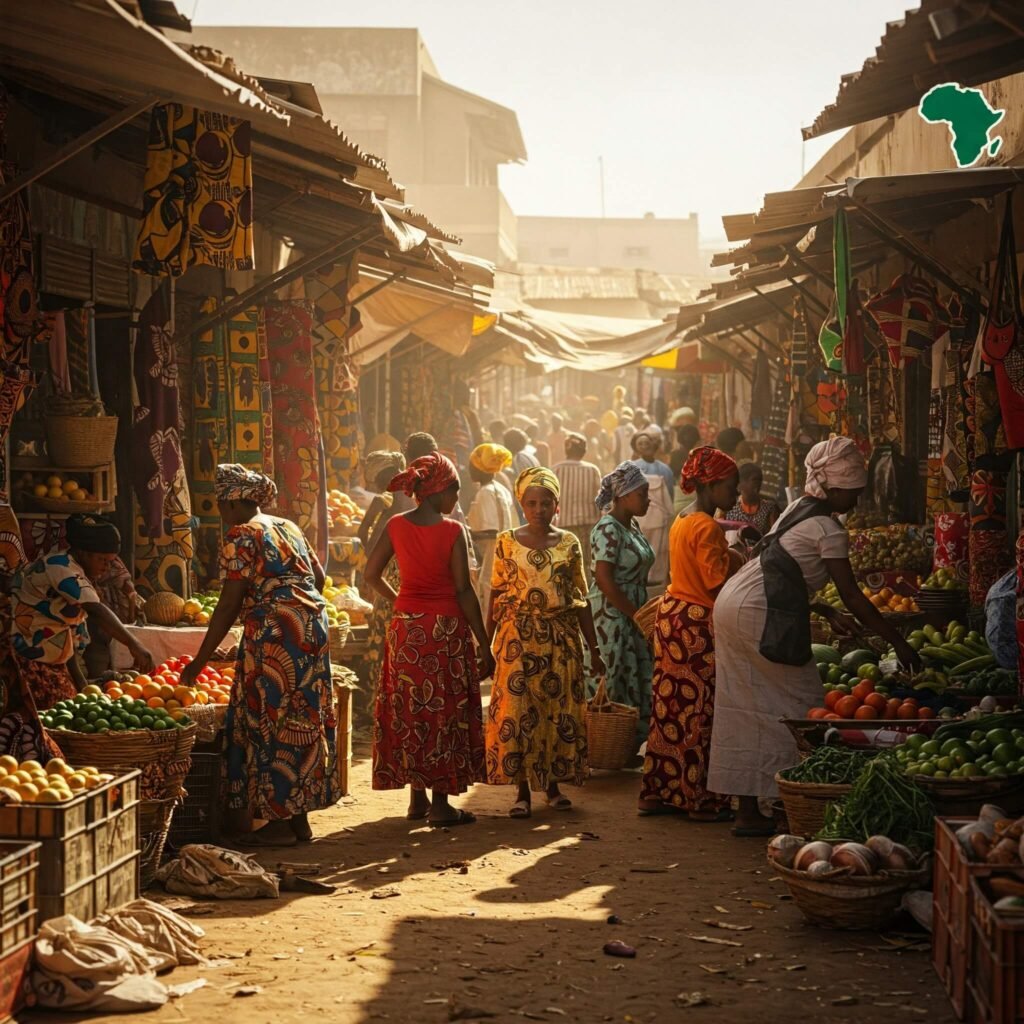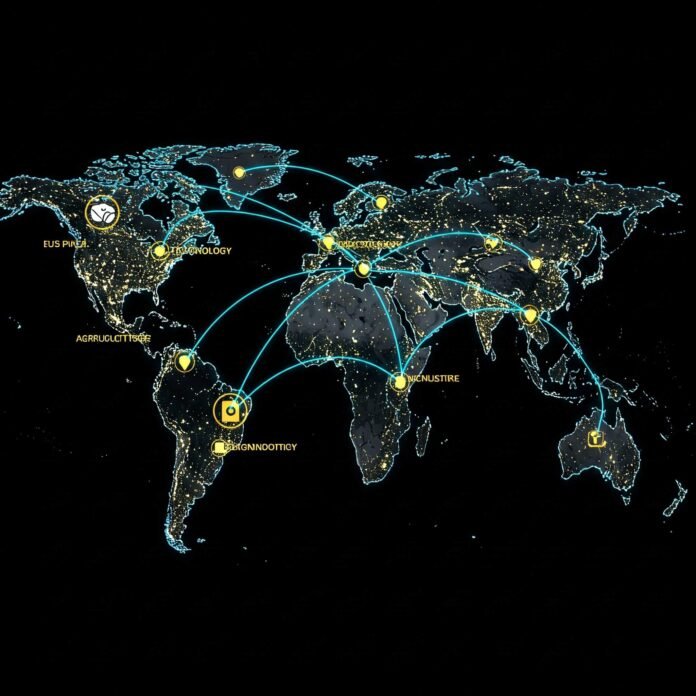In 2025, top trade agreements 2025 will reshape global commerce, fostering economic growth and international collaboration. As digital trade, sustainability, and regional partnerships gain prominence, these agreements will influence markets, supply chains, and investments. This blog explores five key international trade deals to watch, offering insights for businesses and policymakers. Let’s dive into the trade landscape of 2025!
Why Trade Agreements Matter in 2025
Trade agreements reduce barriers, standardize regulations, and open markets. The World Trade Organization projects global trade volumes will grow by 3.2% in 2025, driven by strategic trade policy 2025 WTO Trade Outlook. Understanding these top trade agreements 2025 helps businesses navigate tariffs and seize opportunities in global markets.
Emerging Trends in Global Trade
- Digital Trade: E-commerce and data flows are central to 2025 agreements.
- Sustainability: Green policies promote environmental standards.
- Regional Focus: Bilateral deals gain traction over multilateral ones.

1. USMCA 2.0: Strengthening North American Trade
The United States-Mexico-Canada Agreement (USMCA) evolves in 2025 with updates to digital trade and labor rules, making it a cornerstone of top trade agreements 2025. It bolsters North American supply chains, particularly in automotive and tech sectors. For example, new rules require 75% local sourcing for auto parts, boosting manufacturing US Trade Representative.
Benefits of USMCA 2.0
- Economic Impact: Supports 12 million jobs across the region.
- Digital Trade: Facilitates cross-border data flows for tech firms.
- Sustainability: Enforces environmental compliance.
Takeaway: North American businesses should leverage USMCA’s tariff-free access to expand exports, aligning with global trade agreements.
2. RCEP: Asia-Pacific’s Trade Powerhouse in 2025
The Regional Comprehensive Economic Partnership (RCEP), covering 15 Asia-Pacific nations, may expand to include India in 2025. Representing 30% of global GDP, this international trade deal streamlines tariffs and boosts regional trade ASEAN RCEP Overview. Chinese exporters, for instance, report a 15% trade increase with RCEP partners since 2022.
Why RCEP Matters
- Market Access: Connects 2.2 billion consumers.
- Supply Chain Efficiency: Cuts costs for electronics and textiles.
- Geopolitical Balance: Strengthens Asia-Pacific influence.
Takeaway: Companies targeting Asia should optimize supply chains to capitalize on RCEP’s benefits in trade agreements 2025.

3. EU-Mercosur: Bridging Continents in 2025
The EU-Mercosur agreement, effective in 2025, links Europe with South American nations like Brazil and Argentina. This top trade agreement 2025 eliminates tariffs on 90% of goods, boosting agriculture and industrial exports European Commission. European carmakers, for example, gain access to a 300-million-person market.
Key Features of EU-Mercosur
- Agricultural Trade: South American beef exports surge.
- Sustainability: Mandates deforestation-free supply chains.
- Investment: Encourages EU infrastructure projects.
Takeaway: European and South American firms should align with sustainability standards to maximize international trade deals.
4. CPTPP: Innovating Digital Trade in 2025
The Comprehensive and Progressive Agreement for Trans-Pacific Partnership (CPTPP) upgrades in 2025, focusing on digital trade and cybersecurity. Spanning 11 Pacific Rim nations, this economic trade agreement fosters tech innovation CPTPP Commission. Japan’s tech exports to Canada, for instance, have grown 20% under CPTPP.
CPTPP’s 2025 Impact
- Data Flows: Ensures free cross-border data movement.
- SME Support: Simplifies trade for small businesses.
- Trade Volume: Adds $150 billion annually to global markets.
Takeaway: Tech startups should explore CPTPP markets for digital growth in top trade agreements 2025.
5. AfCFTA Phase II: Africa’s Trade Revolution
The African Continental Free Trade Area (AfCFTA) enters Phase II in 2025, focusing on investment and intellectual property. Covering 54 nations, this bilateral trade deal creates a $3.4 trillion market African Union. Nigeria’s textile exports, for example, have risen 10% due to reduced intra-African tariffs.
AfCFTA’s Role in 2025
- Intra-African Trade: Expected to rise 30%.
- Job Creation: Supports 10 million jobs by 2030.
- Digital Integration: Promotes e-commerce across borders.
Takeaway: Investors should target African markets for growth in global trade 2025.

How to Leverage Trade Agreements in 2025
To capitalize on top trade agreements 2025, businesses and policymakers can take these steps:
- Research Markets: Identify opportunities in regions covered by new deals.
- Meet Standards: Comply with sustainability and digital regulations.
- Form Partnerships: Collaborate with local firms to access markets.
- Track Policies: Monitor updates via platforms like the WTO.
- Invest in Tech: Use e-commerce to reach global consumers.
By aligning with these international trade deals, businesses can reduce costs and drive growth.
Conclusion: Thrive with Top Trade Agreements 2025
The top trade agreements 2025—USMCA 2.0, RCEP, EU-Mercosur, CPTPP, and AfCFTA—will redefine global markets. By understanding these economic trade agreements and acting proactively, businesses can seize opportunities in 2025. Stay informed, adapt to digital and sustainable trends, and position yourself for success.

